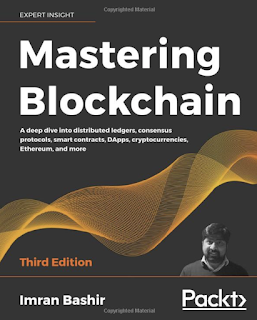- Pour faire simple, pour recevoir des bitcoins, vous avez besoin d'une clé publique et pour en dépenser, vous avez besoin d'un clé privée.
- La solution trouvée pour sécuriser la clé publique, c'est de la multiplier.
- L'une des fonctions du portefeuille Bitcoin: il vous permet de générer des adresses Bitcoins, qui sont en quelque sorte des clés publiques jetables.
- Le portefeuille conserve votre clé privée et utilise votre clé publique pour générer des adresses Bitcoin.
- UTXOs: "Unspent Transaction Output" que l'on pourrait traduire comme le solde d'une transaction qui n'a pas encore été utilisée.
- Il est quand même beaucoup plus sûr d'utiliser un Trezor ou un Ledger que de laisser vos jetons sur une plateforme d'échange ou un téléphone.
- Bitcoin n'est absolument pas un système confidentiel.
- Son utilisation laisse des traces numériques qui sont récupérées par des compagnies spécialisées qui revendent ou partagent ces informations avec les gouvernements et différentes autres entités.
- Vous n'avez pas besoin d'avoir quelque chose de grave à cacher pour souhaiter plus d'anonymat.
- BTCPay Server : une personne qui voudrait vendre des produits par Internet pourrait trouver laborieux de générer manuellement de nouvelles adresses dans son portefeuille à chaque transaction. C'est de ça que se charge BTCPay server.
- Mon ordinateur utilise facilement 400 Watts de puissance lorsqu'il est en train de miner.
- https://mynodebtc.com : il est possible d'installer leur produit sur un mini-ordinateur de type Raspberry Pi.
- Les changements dans la société ne viennent pas d'en haut, ils viennent des individus.

























